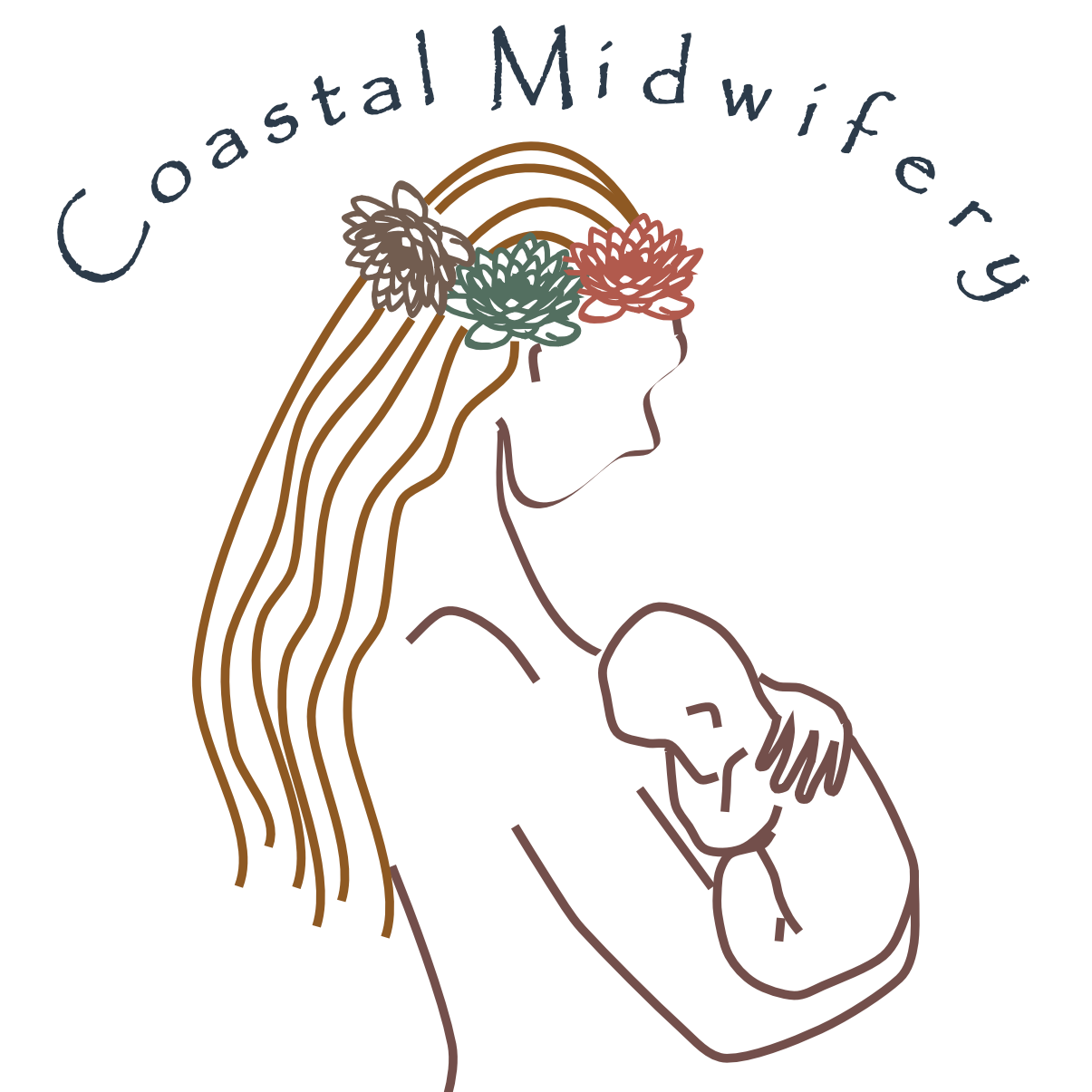Water birth is the process of giving birth in a tub of warm water. Some women choose to labor in the water and get out…
As a midwife and a mom I often have clients ask me what products I recommend. From Pregnancy planning to well after you have your…
These are the much needed hormones that transfer from the placenta to your body upon consumption: Oxytocin – The feel good of love hormone, bonding…
The term midwife reflects a philosophy of care that is directed toward women and their individual reproductive needs. A midwife usually offers a variety of…


